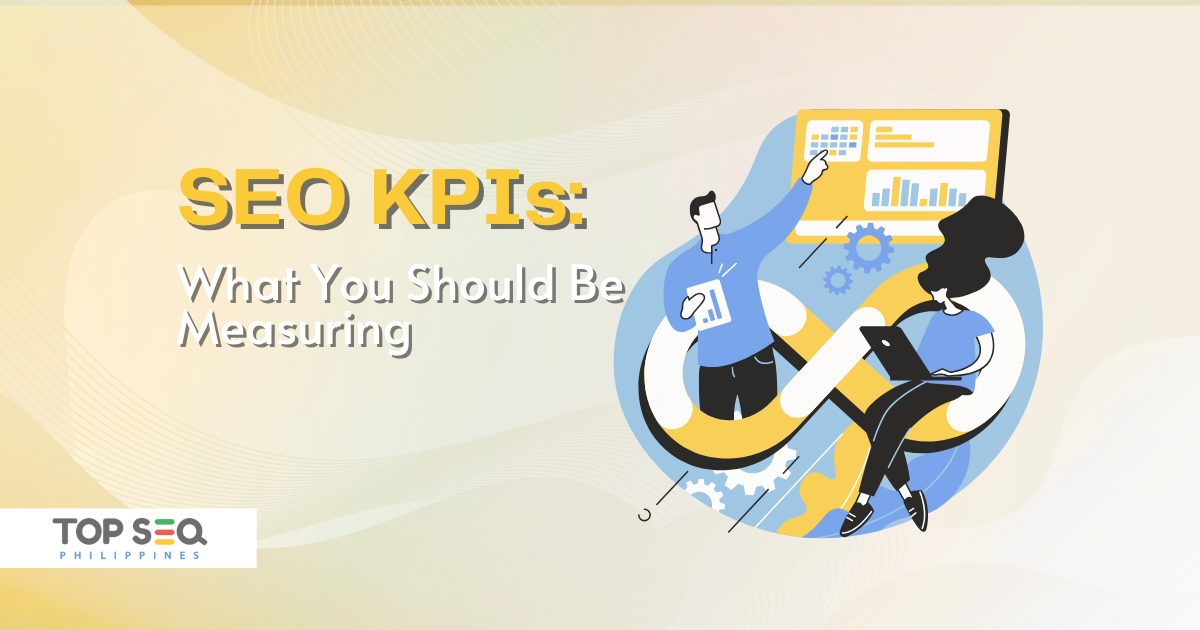Introduction
You’ve optimized your website, written killer content, and maybe even built a few backlinks — but how do you actually know if your SEO is working?
That’s where SEO KPIs come in.
KPIs, or Key Performance Indicators, are the measurable data points that show how well your SEO efforts are performing. If you’re serious about growing your website traffic and climbing the Google rankings, you need to track the right metrics — not just traffic, but the numbers that truly move the needle.
In this blog, we’ll break down the most important SEO KPIs to measure, what they tell you, and how to use them to improve your strategy in 2025.
What Are SEO KPIs and Why Do They Matter?
SEO KPIs are quantifiable metrics that help you evaluate the effectiveness of your SEO campaigns. They tell you:
- Whether your content is ranking
- If your organic traffic is increasing
- How well your website is converting visitors
- Where you’re losing opportunities
Tracking these KPIs gives you a clear picture of what’s working, what’s not, and where to focus your efforts. It’s not just about vanity metrics — it’s about aligning your SEO with real business goals.
1. Organic Traffic
What it is: The number of visitors coming to your site through search engines (like Google or Bing), not from ads.
This is one of the most basic but crucial SEO KPIs. More organic traffic generally means better visibility in search engine results.
Where to find it:
- Google Analytics 4 → Reports → Acquisition → Traffic Acquisition
Why it matters:
It shows the impact of your SEO content. If your organic traffic is growing, it’s a sign that your rankings and visibility are improving.
2. Keyword Rankings
What it is: Your position in the search engine results pages (SERPs) for specific keywords you’re targeting.
You can’t measure SEO without knowing where your content stands. If your rankings are climbing, your efforts are paying off.
Where to find it:
- SEO tools like Ahrefs, SEMrush, Moz, or Ubersuggest
Why it matters:
Higher keyword rankings = more visibility = more traffic. Monitoring keyword trends helps you react to algorithm changes and stay ahead of the competition.
3. Click-Through Rate (CTR)
What it is: The percentage of people who see your page in search results and actually click on it.
Formula:
CTR = (Clicks / Impressions) × 100
Where to find it:
- Google Search Console → Performance Report
Why it matters:
Even if you rank high, a low CTR means your title or meta description isn’t compelling. Improving CTR can boost traffic without even changing your ranking.
4. Bounce Rate & Dwell Time
What it is:
- Bounce rate measures how many visitors leave after viewing only one page.
- Dwell time is how long they stay on your site before returning to the search results.
Where to find it:
- Google Analytics 4 (for bounce rate)
- Tools like Hotjar (for session recordings)
Why it matters:
If users are bouncing quickly, your content might not be satisfying their search intent. High bounce rates may signal irrelevant content, poor UX, or slow loading speeds.
5. Pages per Session
What it is: The average number of pages a visitor views during one session.
Where to find it:
- Google Analytics 4 → Engagement Reports
Why it matters:
More pages per session = better engagement and internal linking. It’s also a good sign that users are finding value and exploring more of your content.
6. Conversion Rate from Organic Traffic
What it is: The percentage of organic visitors who take a desired action — sign up, make a purchase, download a resource, etc.
Where to find it:
- Google Analytics 4 → Events & Conversions
Why it matters:
All the traffic in the world means nothing if it doesn’t convert. This KPI connects your SEO efforts directly to business outcomes.
7. Backlinks and Referring Domains
What it is: The number of websites that link to your content.
- Backlinks are the actual links.
- Referring domains are the unique websites those links come from.
Where to find it:
- Ahrefs, SEMrush, or Moz
Why it matters:
Backlinks are still one of Google’s top ranking factors. A strong backlink profile improves your domain authority and helps you rank higher.
8. Core Web Vitals
What it is: Google’s set of metrics for user experience — focusing on loading speed, interactivity, and visual stability.
- LCP (Largest Contentful Paint) – loading time
- FID (First Input Delay) – responsiveness
- CLS (Cumulative Layout Shift) – visual stability
Where to find it:
- Google Search Console → Page Experience Report
- PageSpeed Insights or Lighthouse
Why it matters:
Google wants fast, user-friendly websites. Poor Core Web Vitals can hurt your rankings even if your content is great.
9. Indexed Pages
What it is: The number of your site’s pages that are currently indexed (i.e., discoverable and listed) in Google.
Where to find it:
- Google Search Console → Coverage Report
Why it matters:
If important pages aren’t indexed, they won’t show up in search results — meaning missed opportunities for traffic and ranking.
10. Return on Investment (ROI)
What it is: The measurable business return you’re getting from your SEO efforts (sales, leads, signups, etc.).
Formula:
ROI = (SEO Revenue – SEO Cost) / SEO Cost
Where to find it:
- Combine Google Analytics with your CRM or sales data
Why it matters:
Ultimately, SEO is a long-term investment. Tracking ROI shows whether your efforts are actually helping your bottom line.
Bonus KPI: Branded vs. Non-Branded Search Traffic
What it is:
- Branded traffic comes from people searching for your company or product name.
- Non-branded traffic comes from generic searches (like “best SEO tools” or “how to rank on Google”).
Why it matters:
Non-branded traffic shows how well your SEO content is attracting new users who didn’t already know you. A healthy SEO strategy should grow both types.
Conclusion
In the world of digital marketing, data is your compass — and SEO KPIs are the metrics that point you in the right direction. By tracking the right numbers consistently, you’ll understand what’s working, what needs fixing, and where your biggest growth opportunities lie.
Don’t just guess your way through SEO. Measure it, learn from it, and optimize with purpose.
Contact us today and let’s get your site ranking — and converting.

